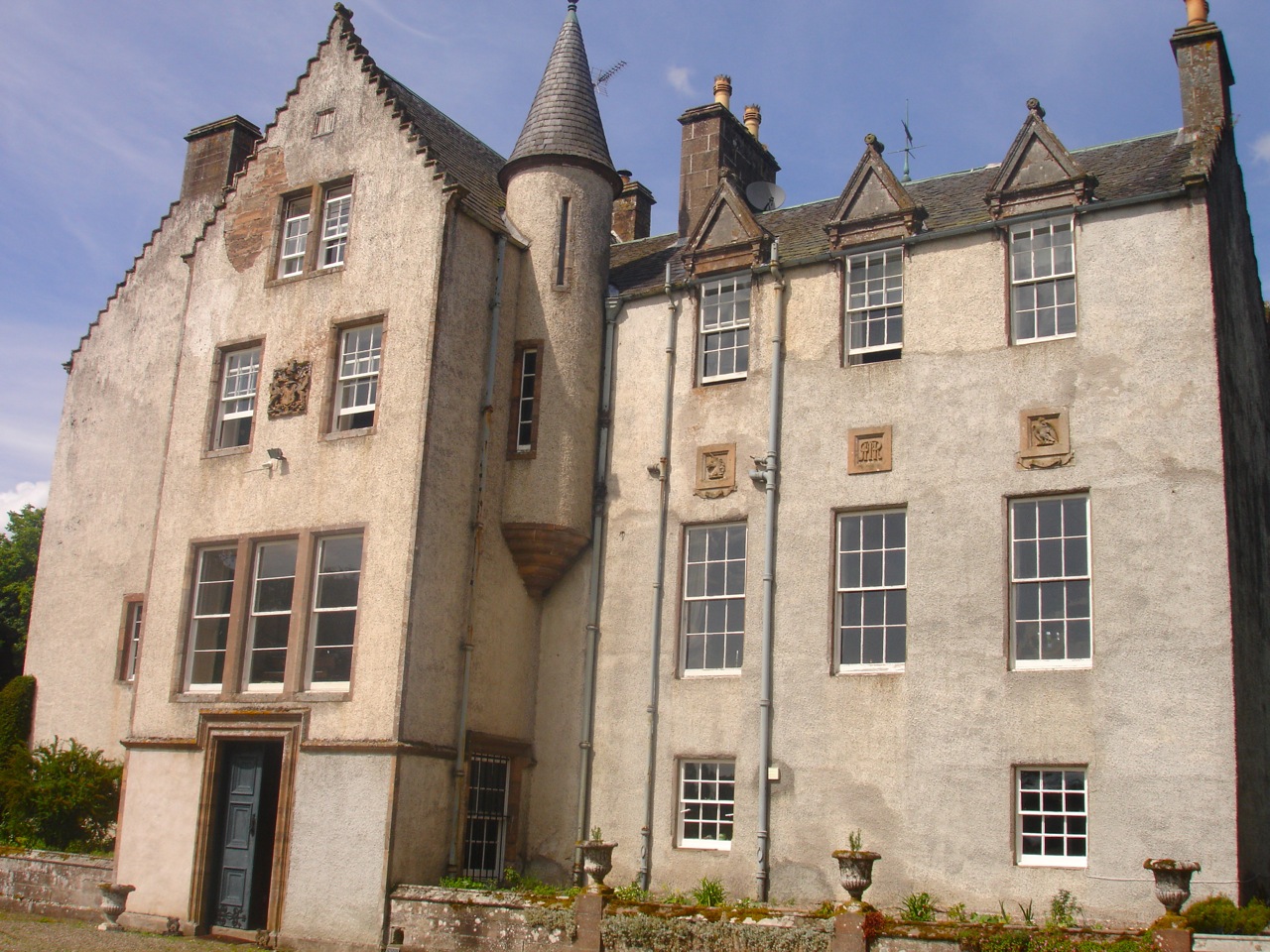Louise Ramsay is the tireless champion for the free beavers in Scotland and was the keynote speaker at the last State of the Beaver conference. She is wife to Paul Ramsay whose great-great-whatever was the physician of King Alexander the II who, in 1232 out of gratitude for an early successful surgery, gifted the estate where they both live (with beavers) today . Both are very well spoken and Louise has a blog that is far too modestly named for her delightful prose. She recently wrote about the DEFRA bruhaha over the Devon beavers and gave me permission to share this with you. Enjoy.

In the darkest hours of the night beavers go determinedly about the business of returning the landscape to the way it was in the middle ages, a way that we humans have entirely forgotten. They cut trees and build dams and make silvery pools in the midst of woods that quickly fill with trout. The new dams look bright with orangey sticks stripped of their bark by beaver teeth, and woven ingeniously together to hold back a cliff of water, several feet high.
As the dams get older plants grow over them and camouflage the beavers’ work. They incorporate themselves into the new landscape of pools and braided waterways to the extent that their beavery origins are almost indecipherable. The variety of plant species multiplies in and near the water and the new wetlands hum and flutter with life of all kinds.
Since their escapes in the early years of the 21st century these fast swimming creatures have found their way, in search of each other and new territories, around the whole network of waterways that make up the catchment, from Kinloch Rannoch in the west to Forfar Loch in the East, and from the Tummel in the north to the Farg in the south. There are probably about three hundred of them in the catchment now. They have bred and reared kits by rivers, lochs, streams and ditches. Where the waterways are small they have built a lodge and dams to make a string of pools, but where there is a deep fast flowing river they have burrowed into the bank and thatched a roof for themselves out of willow branches coppiced from the bankside vegetation. The kits live indoors for the first few weeks, learning to swim in a puddle within the outer part of the lodge. Then at about three months old they come out into the river or the pond to take their chance with predators, currents and other dangers.

The beavers that used to be here, until the sixteenth century were all trapped out for their warm, waterproof fur, which was made into fine felt hats for gentlemen. They came back, through their own enterprise, by escaping from enclosures. They slipped silently and secretly back into the landscape before many people noticed them, spreading across the catchment, sleek & nonchanlant, unaware of their celebrity and the tangle of legalities that their presence has created. I hope that the River Otter beavers will have the same success and somehow manage to reclaim many of their old haunts in the rivers of Devonshire and begin to thread their silver strand of watery life through the landscape there.
If you need reminding about the beaver story in Scotland, here’s my interview with Paul when he has just learned that the free beavers were no longer going to be trapped.
And just in case you need more amazing things this morning, I thought I’d share the work of Michael Grab of Colorado, whose incomprehensible talent uses instinct , artistry and physics to accomplish these glorious pieces using only what he calls “Gravity Glue.” By which he means No glue but ![]()
 And here he is building an archway with no keystone. Ask any river how hard it is.
And here he is building an archway with no keystone. Ask any river how hard it is.


















































